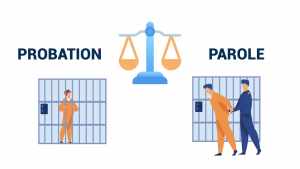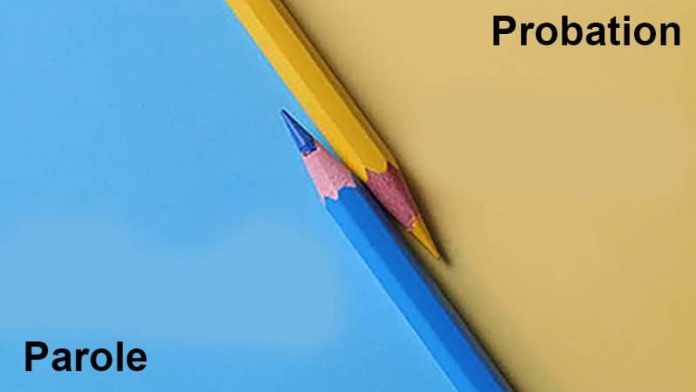This article includes information regarding Parole and probation and how they work according to the law procedures. However, it is essential to mention here that Parole and probation are entirely different processes, and the following information will help you understand it.
Table of Contents
What is Parole?
Parole is the impermanent liberation of the convict before the end of his punishment due to his good behavior with the agreement that he will behave well.
History of Parole
The word parole is derived from the French word “Parol,” which means “word of honor.” The idea of Parole was introduced first time in 1840 by Alexander Maconochie. He was a Scottish geographer and captain of the royal navy.

Types of Parole Difference between probation and parole
Parole varies in different states and their federal system.
There are three main types of Parole:
- Mandatory Parole
It is commonly called the “good time” system. In which a prisoner gets released from jail before completing his punishment.
- Discretionary Parole
In this type of Parole, the convict goes in front of people bored and gets Parole before their parole date.
- Expiatory Parole:
In which the convict completed the entire punishment in the jail with no time off.
What is probation?
Probation is a specific time period in which the person who committed the crime supervise by the probation officer instead of spending time in prison.
History of probation
John August is the founder of probation in the United States. Bailing hundreds of offenders between the years 1841 to 1859. In 1878 Massachusetts enacted the first probation act, and Boston hired its first probation officer.
Types of probation Difference between probation and parole
There are five different types of probation
- Informal probation
This type of probation is also papular as unsupervised probation; it is a general type of probation, and most assign to low-risk criminals.
- Formal probation
It is also called supervised probation; it involves the criminal reporting their probation officer by the court.
- Community control
This is the most severe form of probation. Several men observe community control as a jail sentence but without going to jail. In this probation, use an ankle monitor for monitoring criminals’ location all the time.
- Shock probation
In this probation, a system in which the court will send a person to prison for a short time instead of probation.
- Crime-Specific probation
This form of probation allows the judge to order the offender not to commit the same crime again.
The main difference between probation and parole
Probation is a specific time period in which the court releases the convict under the supervision of a probation officer. At the same time, Parole is the early release of the convict from jail due to his good behavior.
Probation is the alternative to jail. On the other hand, Parole is a conditional release from prison.
Probation imposes by the court. At the same time, Parole enforces by the parole board.
Probation allows only those who committed crimes the first time, while Parole is for those criminals who committed serious crimes.
Also read: Difference between whose and who’s
Conclusion
Overall, Parole and probation have many similarities. Still, they are quite different, like probation is for those criminals who have no previous criminal record. At the same time, Parole is for those criminals. Who commit serious crimes and got released due to their good behavior.









